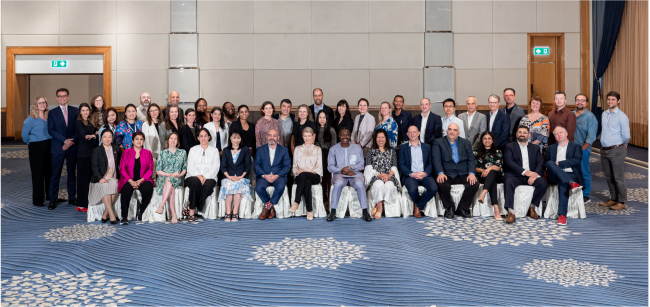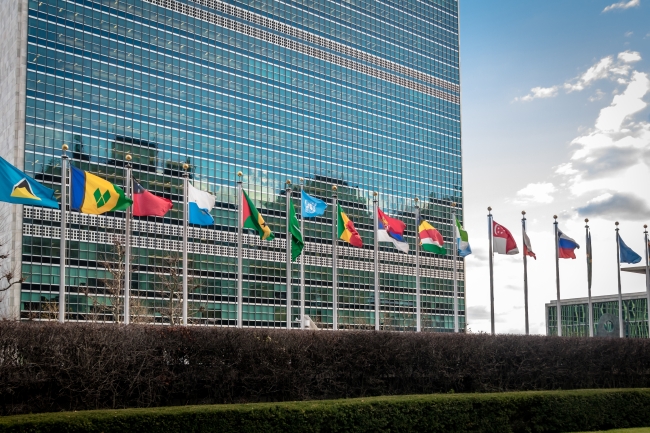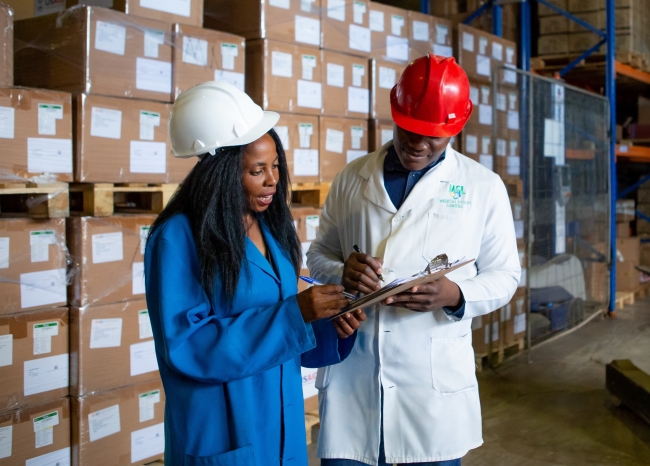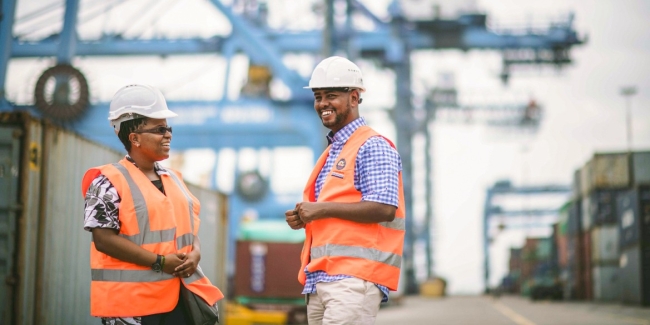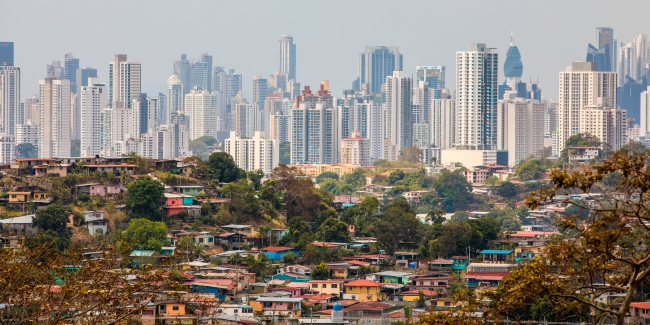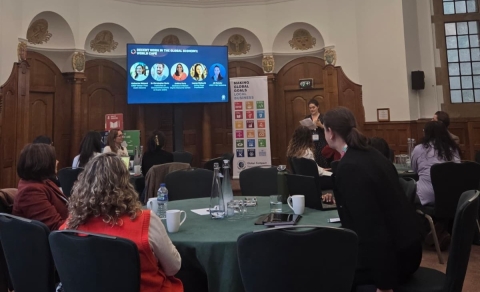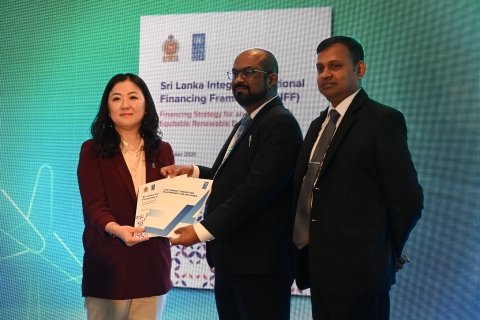How business can unlock innovative technology for greater disaster resilience
06 JANUARY, 2025
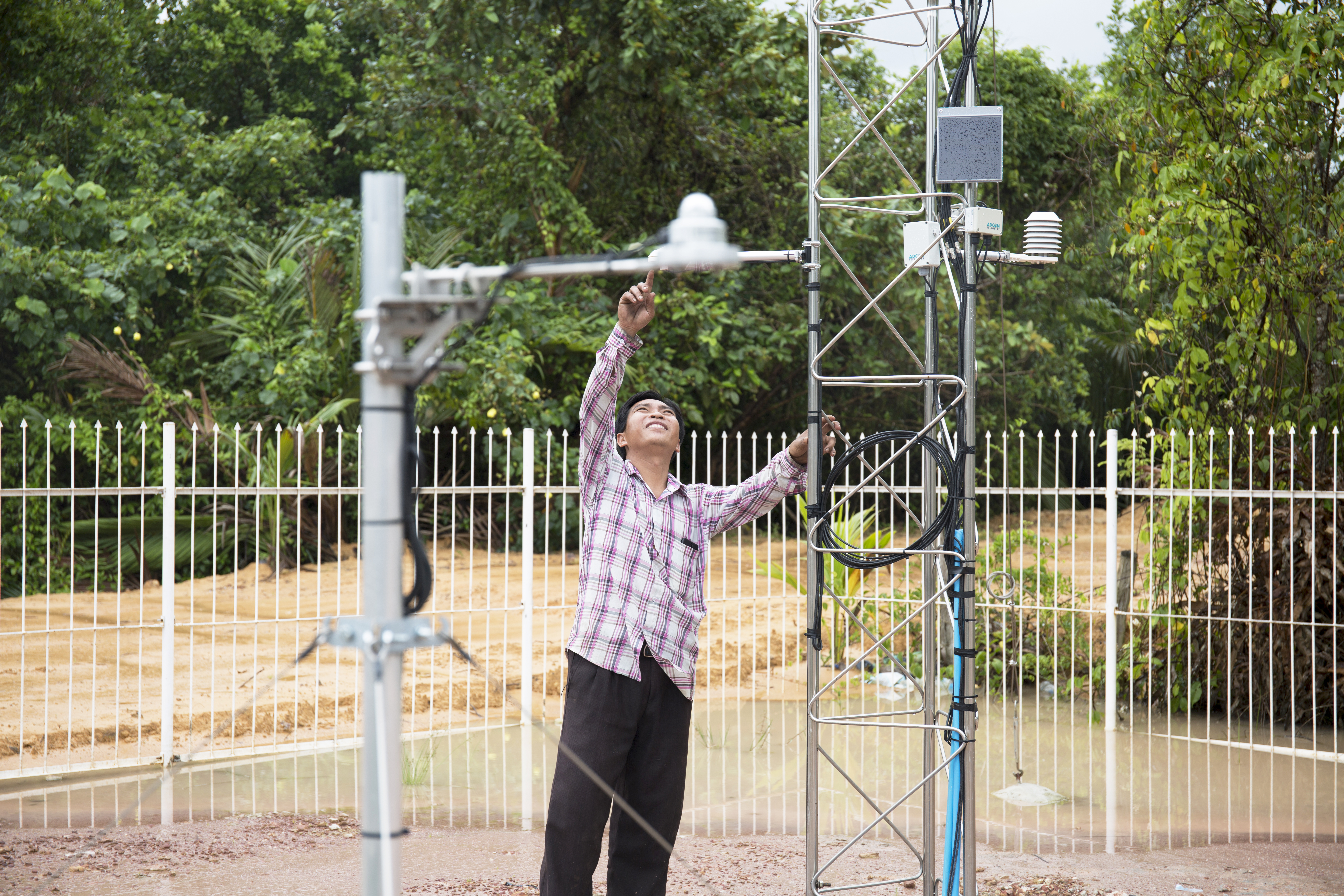
- Amid rising humanitarian crises and extreme weather, greater collaboration between the private and public sectors in disaster response presents a major opportunity.
- Private sector initiatives are already enhancing disaster responses in some countries through advanced technologies like AI, blockchain and digital cash systems.
- Joint initiatives between businesses, governments and humanitarian organizations can create a new era of collaboration in disaster response.
Through technology and innovation, the private sector is emerging as a key partner for better disaster preparedness, response and recovery. Even more so given the bleak outlook for humanitarian organizations facing budget cuts while the need for global aid increases.
It would be a mistake, however, to see the private sector merely as a substitute source of funds. An opportunity exists to unlock and scale up both financial resources and other resources like core skills and business capabilities.
This article explores a number of ways in which private sector innovation and technology can support efforts in disaster management.
Innovations in disaster preparedness and early warning systems
In Peru, Hombro a Hombro developed an AI-powered process to amalgamate and curate what would otherwise be overwhelming information from official sources. These compilations are translated into easy-to-understand daily reports on relevant topics such as weather and road conditions.
Disseminated through 123 media outlets including television stations, radio and digital media, Hombro a Hombro reaches an estimated 1.6 million people daily. This better enables preparedness in the case of extreme weather or other risk factors.
In Sri Lanka, Sayuru is a trilingual service available free of charge to subscribers. It provides vital weather-related information and early warnings to fisher folk based on their locations. Messages are sent via text or interactive voice recordings. Notices are also displayed on TV screens at 20 harbours across the country.
The system works on basic phones, allowing fisherfolk to receive notices even when they are out at sea. Since 2022, there have been zero fisherfolk deaths reported, in part thanks to the effectiveness of the programme.
How technology can enhance emergency response
The first business-led emergency operations centre (BEOC) in the world is run by the Philippines Disaster Resilience Foundation (PDRF). Its system integrates all reliable, accurate and timely information on disaster management, allowing PDRF and its member companies to assess and reduce risks before potential disasters. The platform facilitates the planning of relief and rehabilitation efforts that complement business continuity plans and programmes.
Mastercard’s technology plays a crucial role in emergencies by quickly and efficiently delivering cash and voucher assistance to those most in need.
For the last two decades, the company has worked with organizations like the World Food Programme, Red Cross and Red Crescent Movement to develop and streamline digital cash programmes – cards, mobile wallets, remittances or bank accounts – to provide life-saving assistance in critical situations. Such efforts simultaneously connect more people to the digital economy.
Software company Automation Anywhere developed the Telegram for Humanity bot to help a Ukrainian humanitarian organization manage refugees’ requests for aid. This solution eased work for dozens of volunteers across multiple distribution centres, equating to 200 hours of manual hours per week saved. This enables efficient relief support and access to vital services.
Blockchain-enabled cash transfer programme for disaster recovery
In partnership with Oxfam, the Vanuatu Business Resilience Council (VBRC) piloted a blockchain-powered cash transfer programme to help communities better recover from the combined impact of the COVID-19 pandemic and a devastating category-5 cyclone.
Local suppliers across Vanuatu, equipped with smartphones, were selected and trained in using the programme. To users, it provided mobile cash transfers to families, allowing them to choose and purchase items with a simple tap-and-pay card system. This was a significant shift from the way traditional aid had been organized before.
Targeted communities were able to use the funds to serve their specific needs – whether that meant food, shelter or a combination thereof. The use of local suppliers was key, too, as they were already in place and integrated into the community. Getting more sales in the aftermath of a disaster supported their recovery as well.
Challenges and the role of partnerships in strengthening disaster resilience
The number of inspiring solutions where technology enables aid is expanding, but challenges like the digital divide, data privacy and infrastructure gaps remain. Inclusivity is key. Technologies must serve all populations, especially vulnerable groups (such as women, children, and the disabled), ensuring no one is left behind.
The examples from Peru, Sri Lanka, the Philippines, Mexico and Vanuatu are from local private sector collectives that are a part of the Connecting Business initiative (CBi). This is a joint effort by the United Nations Office for the Coordination of Humanitarian Assistance (OCHA) and the United Nations Development Programme (UNDP) that engages with businesses before, during, and after emergencies.
The recent launch of the Private Sector Humanitarian Alliance (PSHA) with backing from Schmidt Futures and Google.org is a further push for meaningful public-private collaboration in humanitarian innovation. PSHA is developing an AI-led platform to predict and curate crisis needs. This matches unique corporate resources such as gifts or services in kind to on-the-ground needs. These are then reported on in real-time by implementing partners.
The PSHA community includes AB InBev, Airlink, Automation Anywhere, BCG, Flexport, Henry Schein, the International Chamber of Commerce, Mastercard, Medtronic, Merck, Miyamoto International, monday.com, Myriad Alliance, OCHA, RELX, ServiceNow, Steelcase, US Department of State, USAID, Vodafone – alongside several local implementing partners.
These examples showcase situations where businesses work together to complement efforts by multilaterals and governments. The humanitarian and development landscapes are shifting, and climate change poses an existential threat.
It is more important than ever to highlight innovative ways in which public and private sector players can work together in disaster response. Building a common language and trust while addressing challenges can foster greater resilience at a societal level. By engaging in collaborative conversations on how to adapt, replicate, and improve innovative solutions like these, we can encourage more business networks, governments, and regions to foster greater disaster resilience worldwide.

